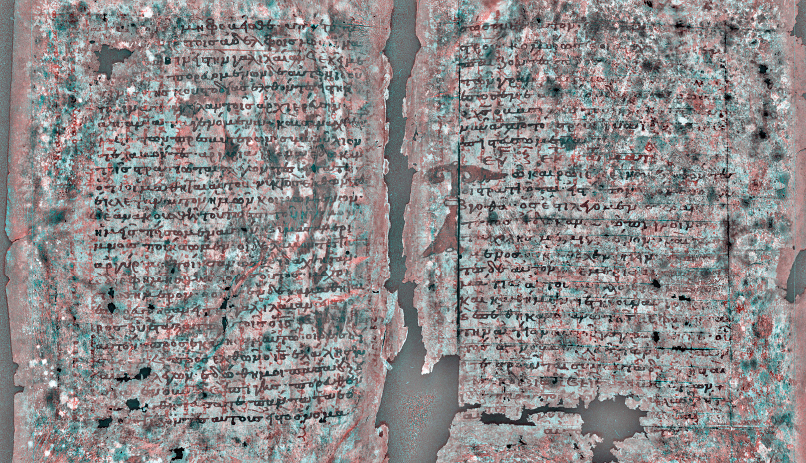Understanding Western Society
Printed Page 110
INDIVIDUALS IN SOCIETY
Archimedes, Scientist and Inventor
Archimedes (ca. 287–
A three-
He perfected what became known as the Archimedian screw, a pump to bring subterranean water up to irrigate fields, which he had observed in Egypt and which later came into wider use. He worked on issues involving solid geometry, and in his treatise On Floating Bodies he founded the science of hydrostatics. He concluded that an object will float if it weighs less than the water it displaces, and that whenever a solid floats in a liquid, the volume of the solid equals the volume of the liquid displaced. The way he made his discovery has become famous:
When he was devoting his attention to this problem, he happened to go to a public bath. When he climbed down into the bathtub there, he noticed that water in the tub equal to the bulk of his body flowed out. Thus, when he observed this method of solving the problem, he did not wait. Instead, moved with joy, he sprang out of the tub, and rushing home naked he kept indicating in a loud voice that he had indeed discovered what he was seeking. For while running he was shouting repeatedly in Greek, “Eureka, eureka” (“I have found it, I have found it”).†

War between Rome and Syracuse interrupted Archimedes’s scientific life. In 213 B.C.E., during the Second Punic War, the Romans besieged the city. Hiero, its king and Archimedes’s friend, asked the scientist for help in repulsing Roman attacks. Archimedes began to design and build remarkable devices that served as artillery. One weapon shot missiles to break up infantry attacks, and others threw huge masses of stones that fell on the enemy. For use against Roman warships, he is said to have designed a machine with beams from which large claws dropped onto the hulls of warships, hoisted them into the air, and dropped them back into the sea. Later Greek writers reported that he destroyed Roman ships with a series of polished mirrors that focused sunlight and caused the ships to catch fire. Modern experiments re-
QUESTIONS FOR ANALYSIS
- How did Archimedes combine theoretical mathematics and practical issues in his work?
- What applications do you see in the world around you for the devices Archimedes improved or invented, such as the lever, the pulley, and artillery?